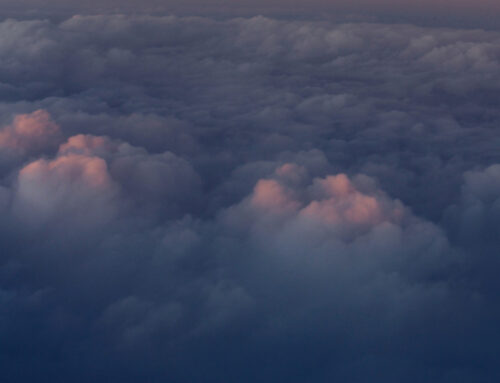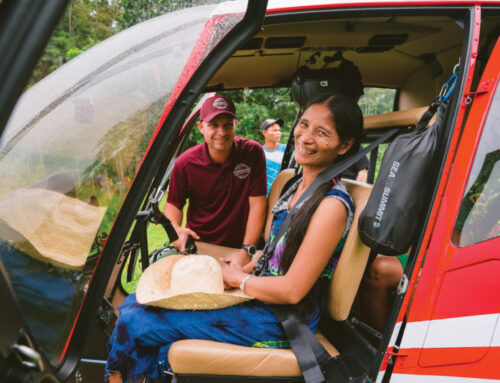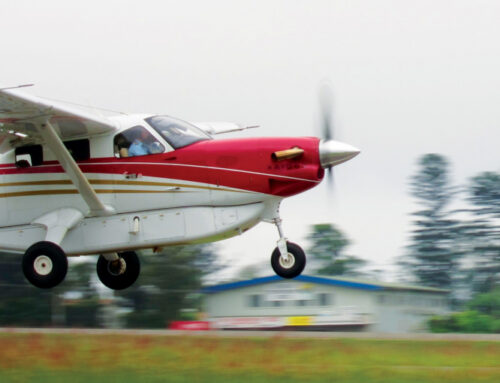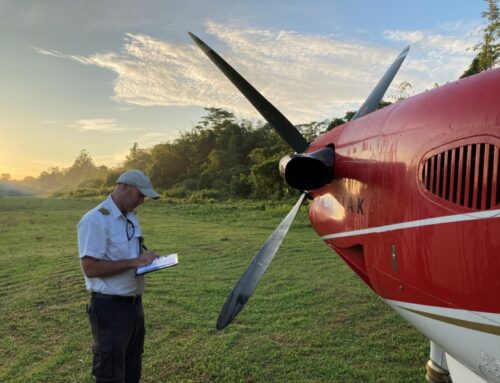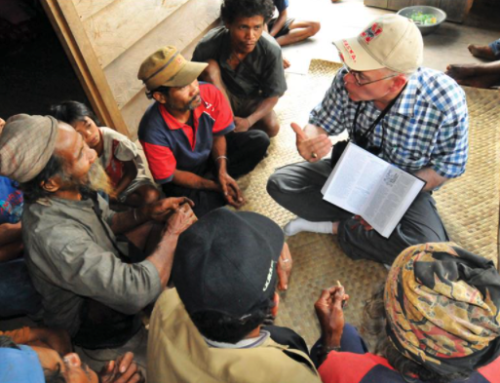Home assignment is no vacation for missionary pilot Steffan Pyle.
Have you ever wondered if for missionaries, being on “home assignment” is the same thing as being on vacation?
If you looked at Steffan and Julie Pyle’s home assignment time, all wonder would be erased. As a missionary pilot his ongoing training and preparation is extensive. Even though he’s had experience in more than one country, he still has to continue to train and sharpen his skills.
In order to stay safe on those incredibly challenging airstrips in the jungle, there is constant discussion and need to meet about aviation safety with the folks at NTM Aviation in Arizona.
After arriving in San Diego, Steffan trained at a local airport for instrument rating on the helicopter he will need to fly upon his return to the Asia-Pacific region. He also studied to be an instructor so he can help check and train other missionary pilots.
These training opportunities are very expensive but necessary in that they will make him a safer, more professional and ready mentor for others.
Some of this training takes place right in the R44 Robinson helicopter itself but a good bit involves poring over books and flying an elaborate simulator.
There’s also the Huey that he rode in to acquaint himself and get exposure and training to “external load operations.” Steffan helped with inspections as well since on the field, pilots often do a lot of the mechanical work too.
After all that study and practice a huge test was taken, not only on paper but in the helicopter and Steffan passed in order to get both certifications. And God provided all $15,000 to pay for it.
But he wasn’t done there. The next week he had to go to work on the Cessna 210 in order to get up to date on that. They refer to this step to maintain proficiency as an “instrument recurrence check.”
Then the newest plane that will carry nine passengers and their cargo and can land on shorter airstrips is the Kodiak. Steffan has been training and studying to fly that plane with a “full-motion flight simulator.” This is good training for all the systems while keeping the cost down. “The Kodiak is an amazing airplane outfitted to meet the rugged needs of missionary aviation. It is designed from the ground up to perform in and out of difficult places that we typically serve,” he says.
Class time is lengthy so his days have been long as he works through this part of his ongoing training. He writes that, “Practicing emergencies in a one-million-dollar flight simulator that does an excellent job replicating a complete engine failure while in flight,” is all part of a day on home assignment for a jungle missionary pilot.
Your help makes the aviation servivce that missionaries rely on affordable. Sponsor missionary flights.


